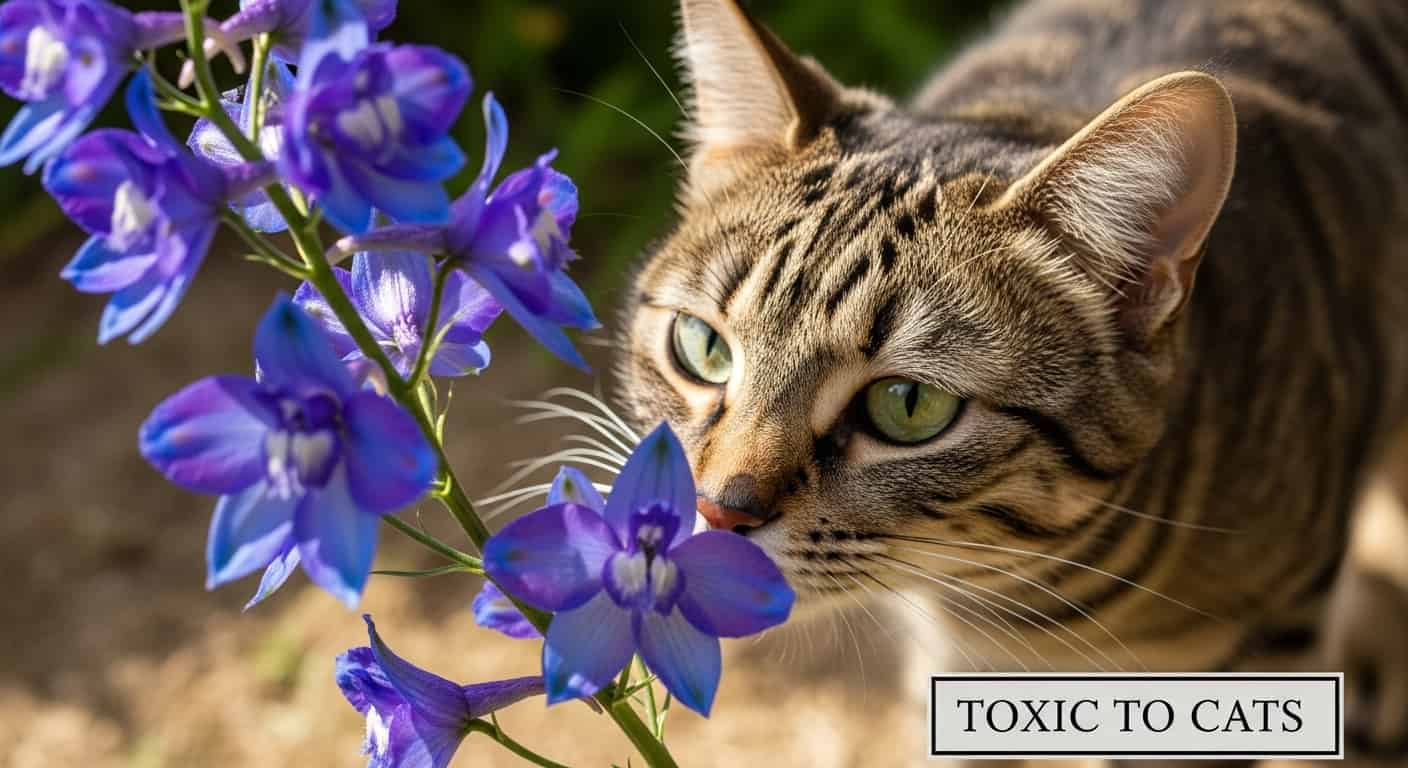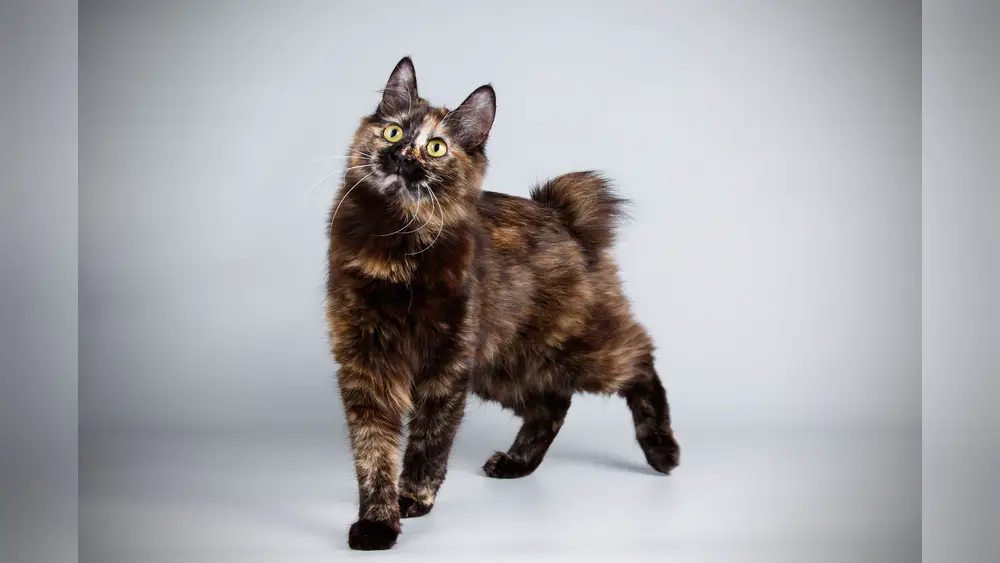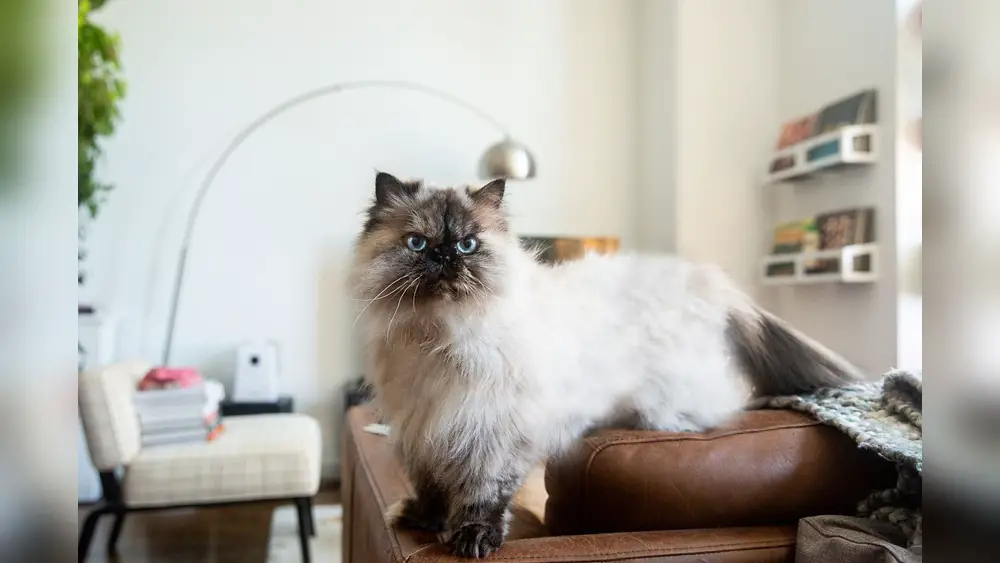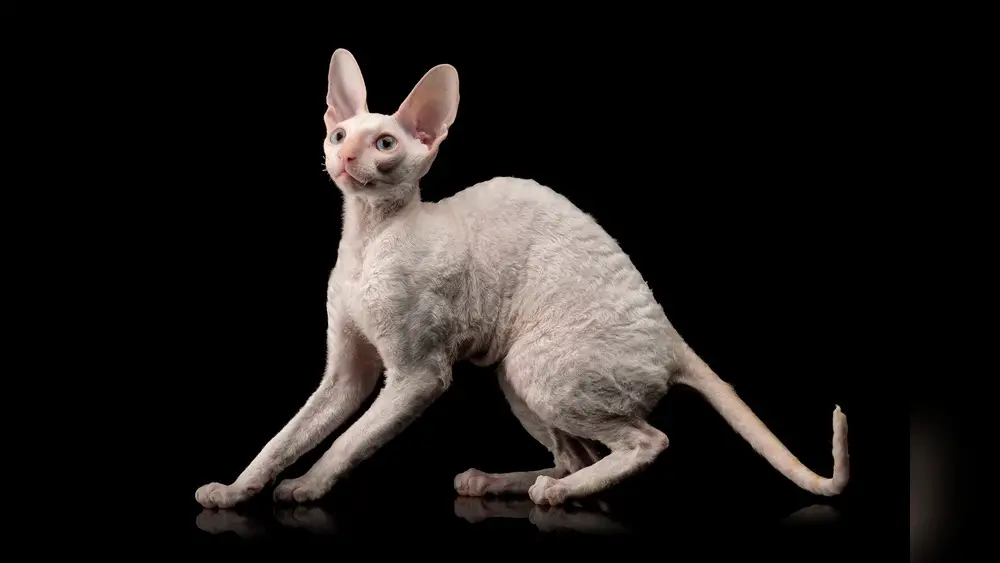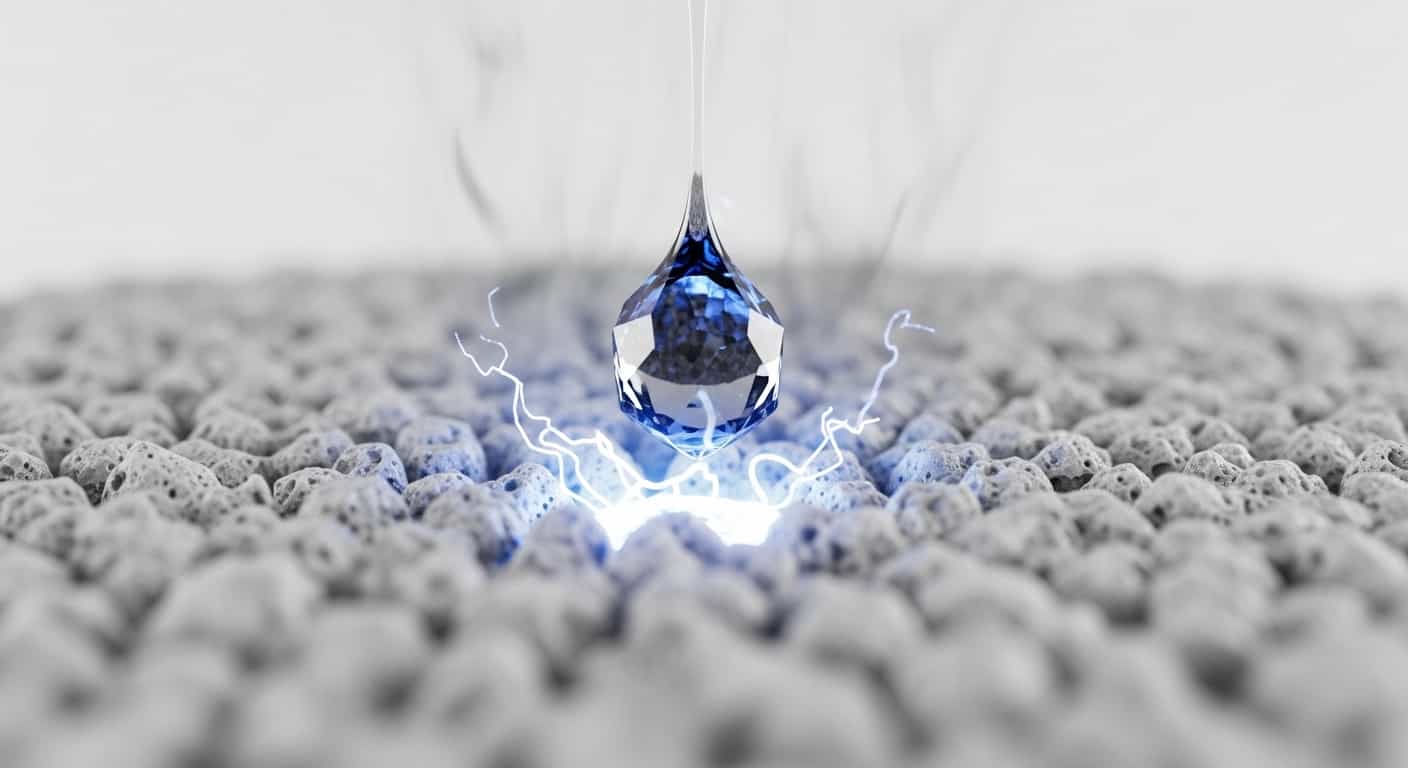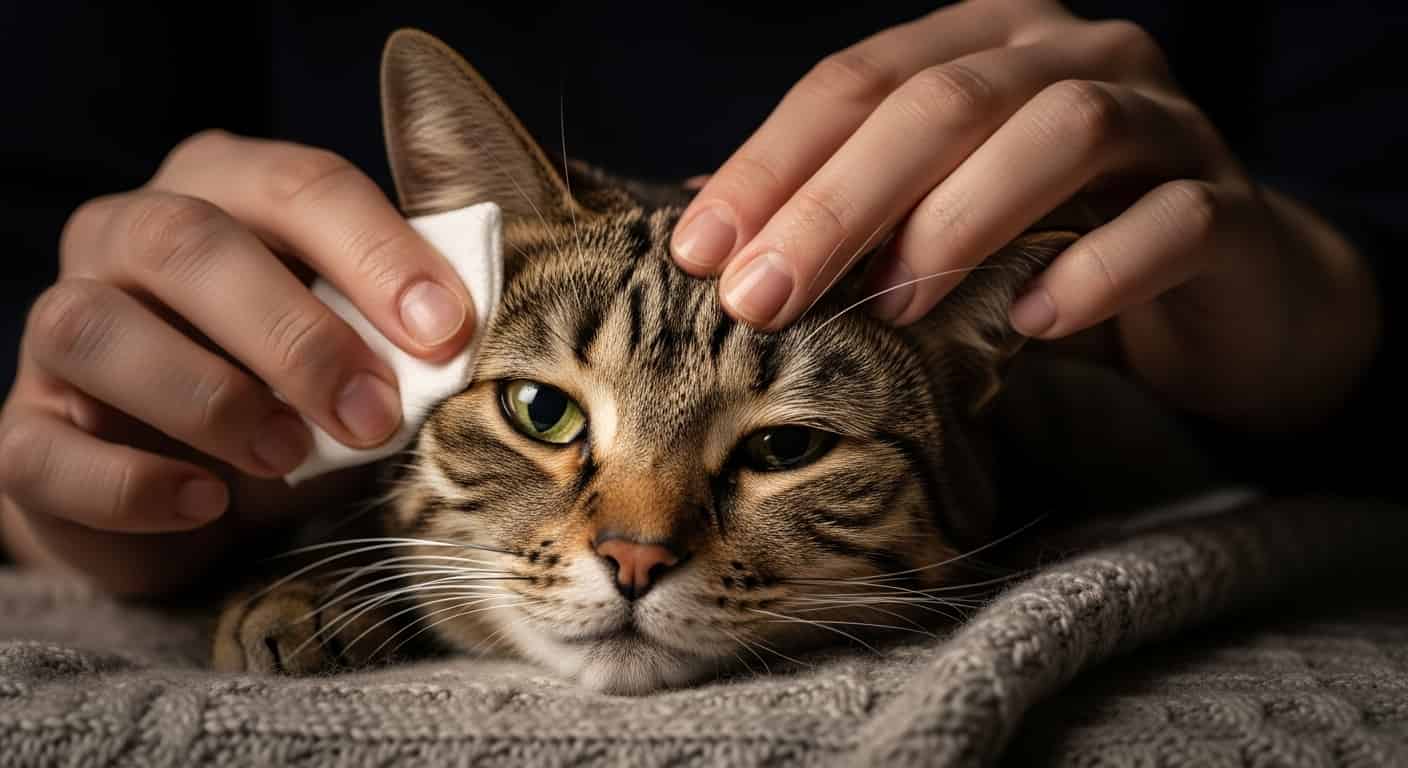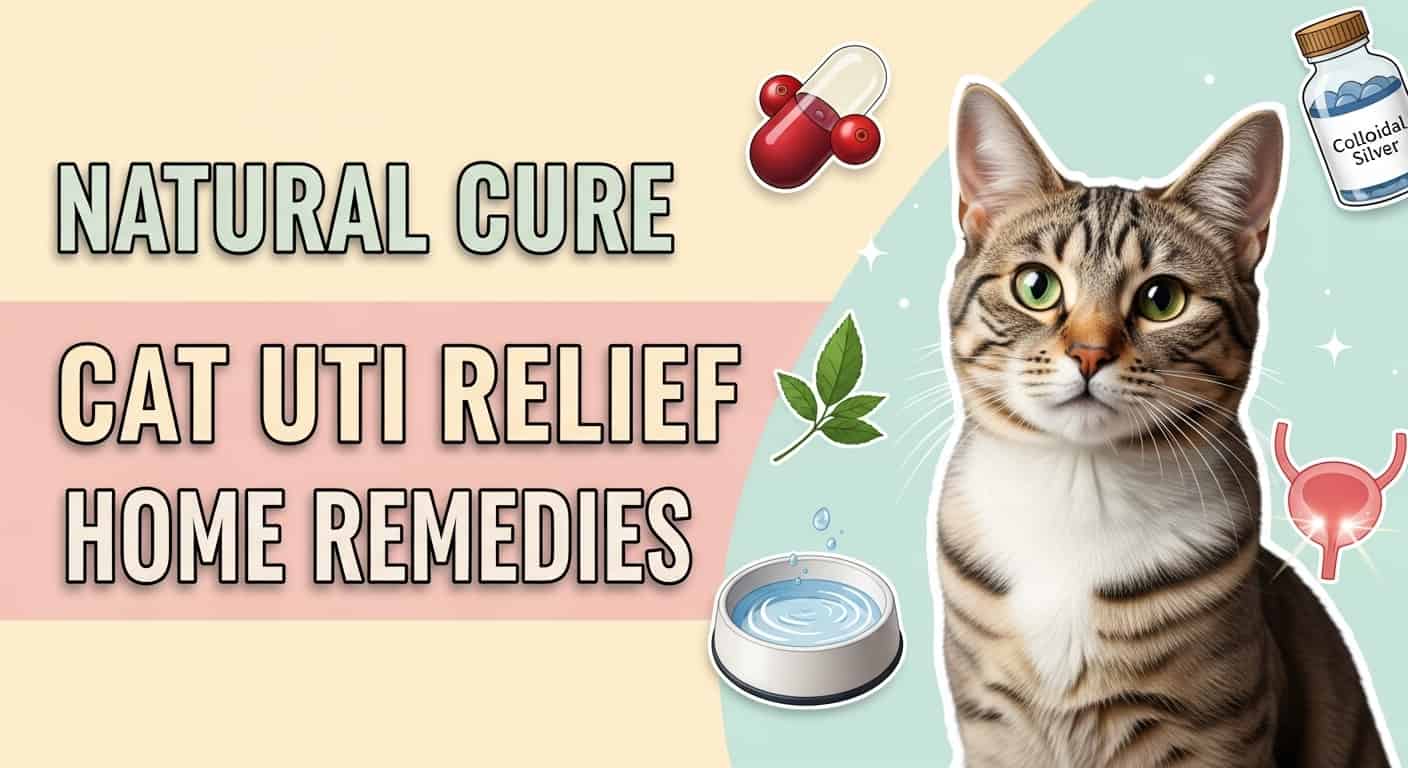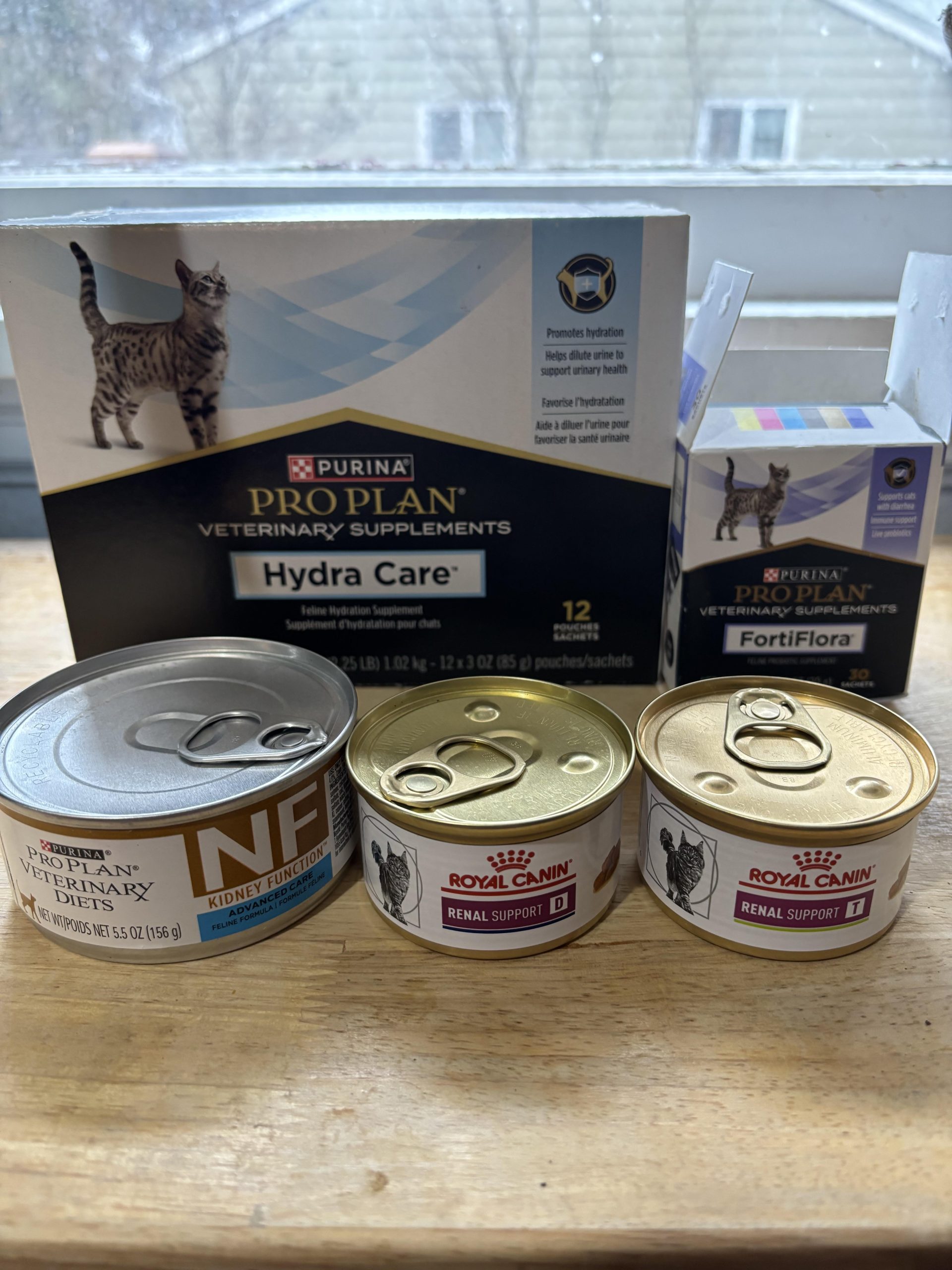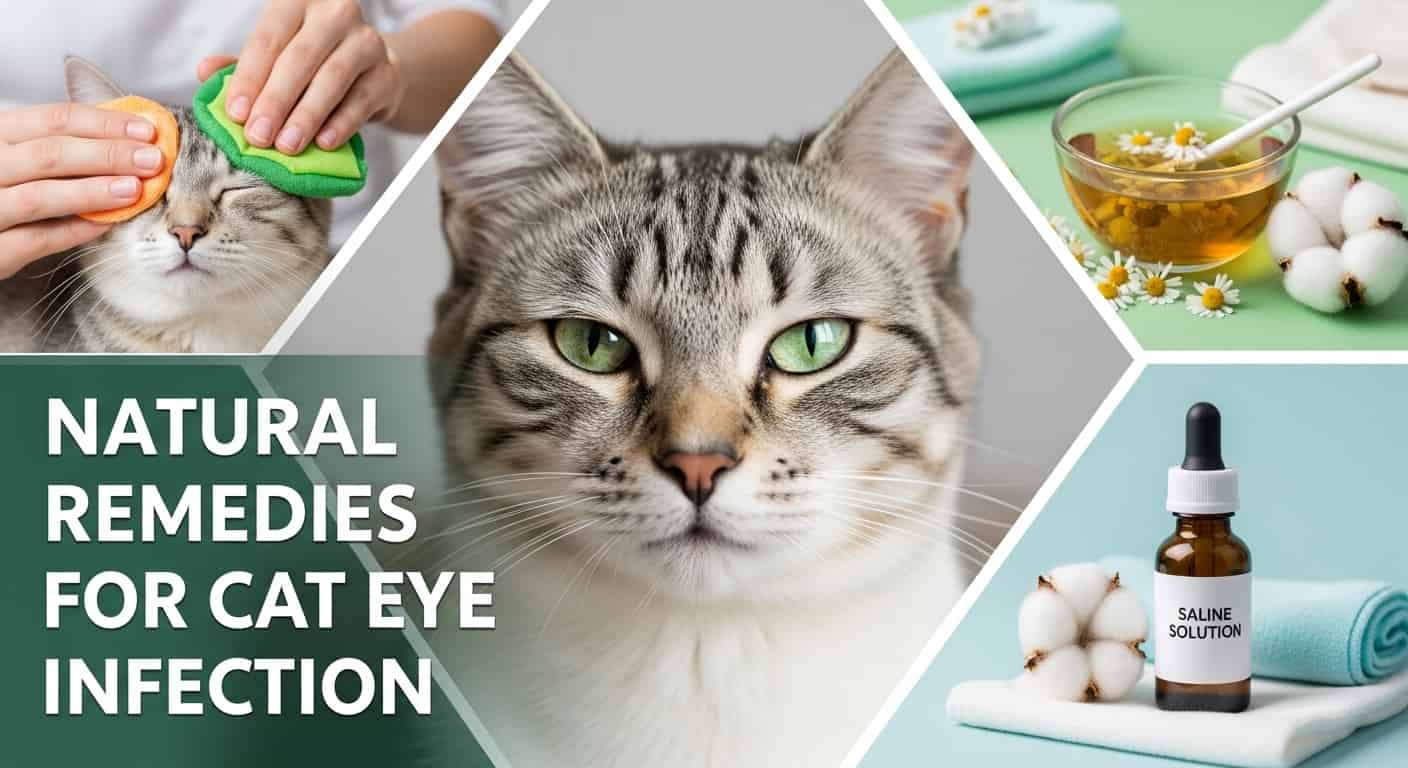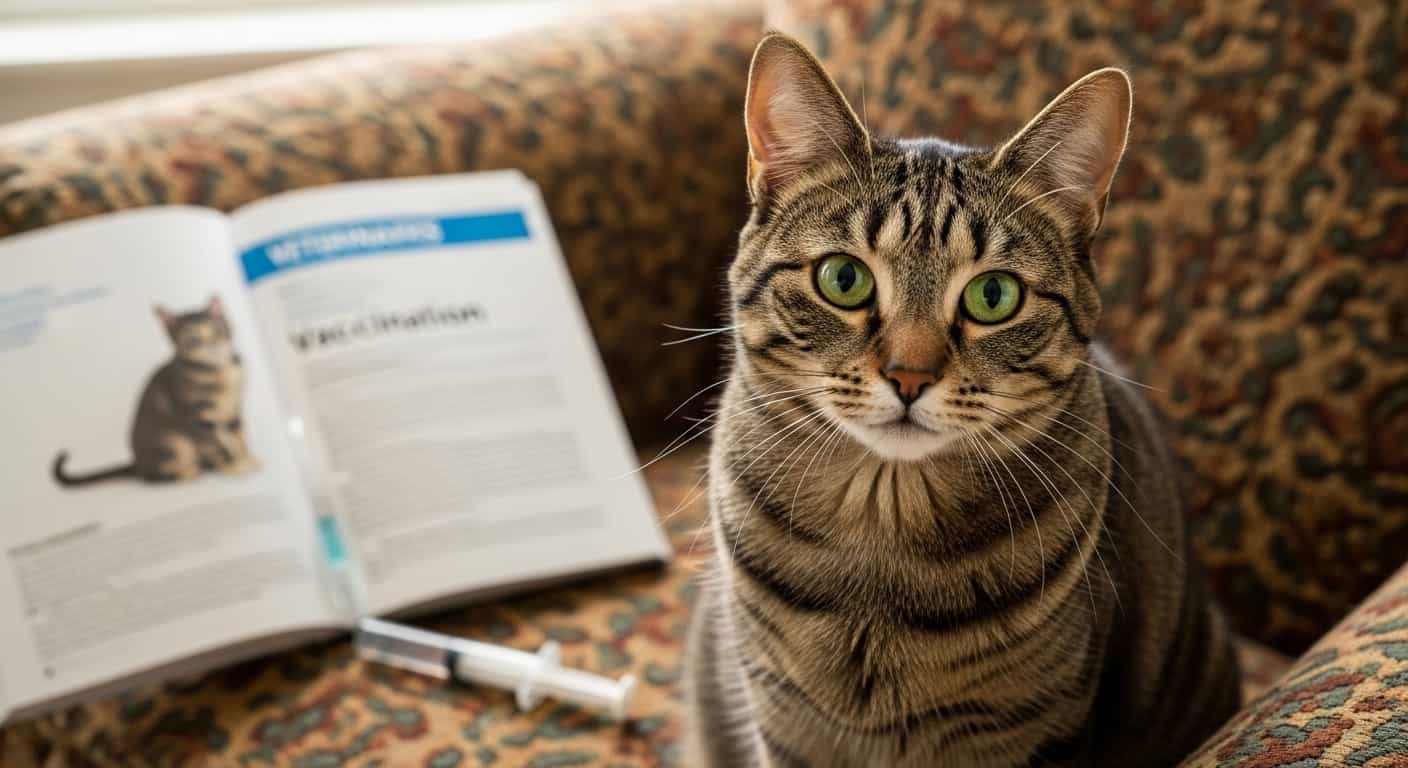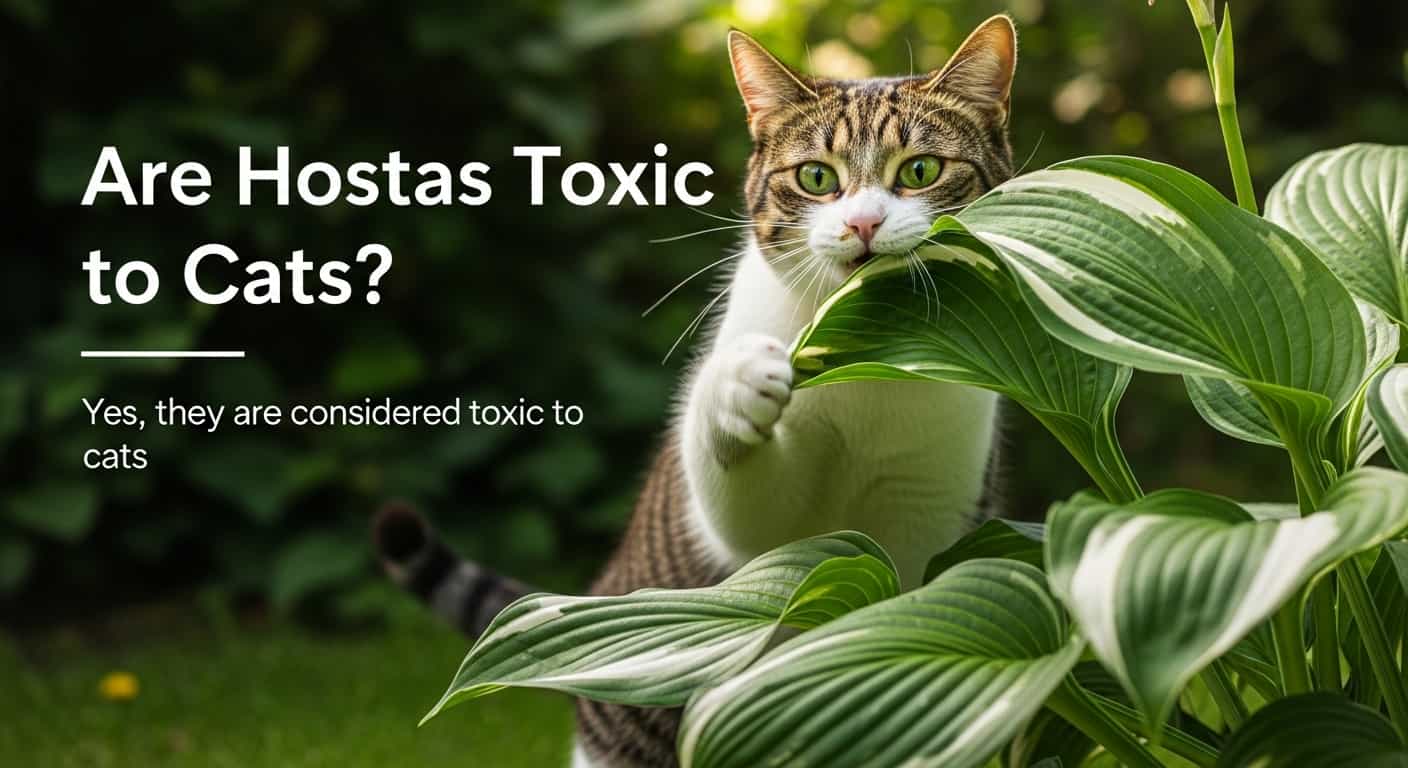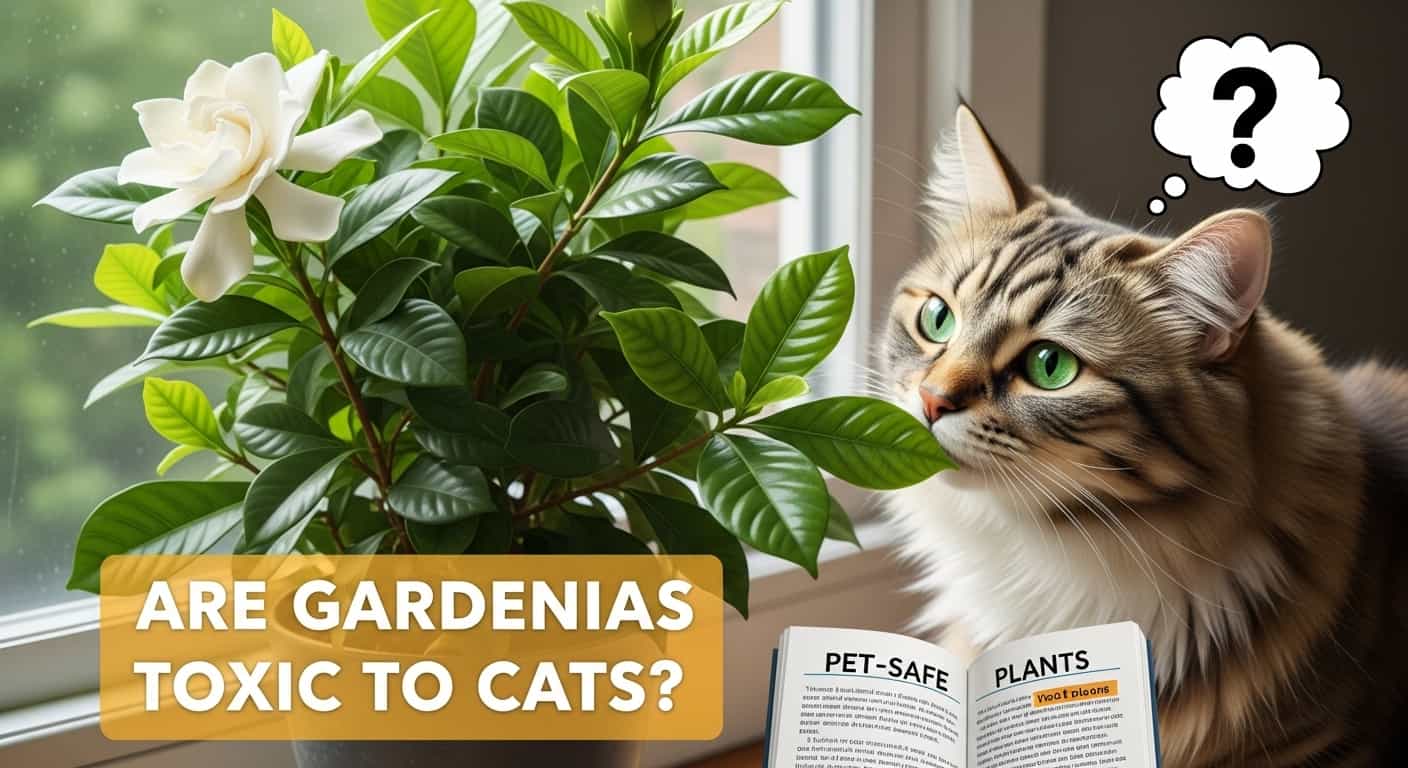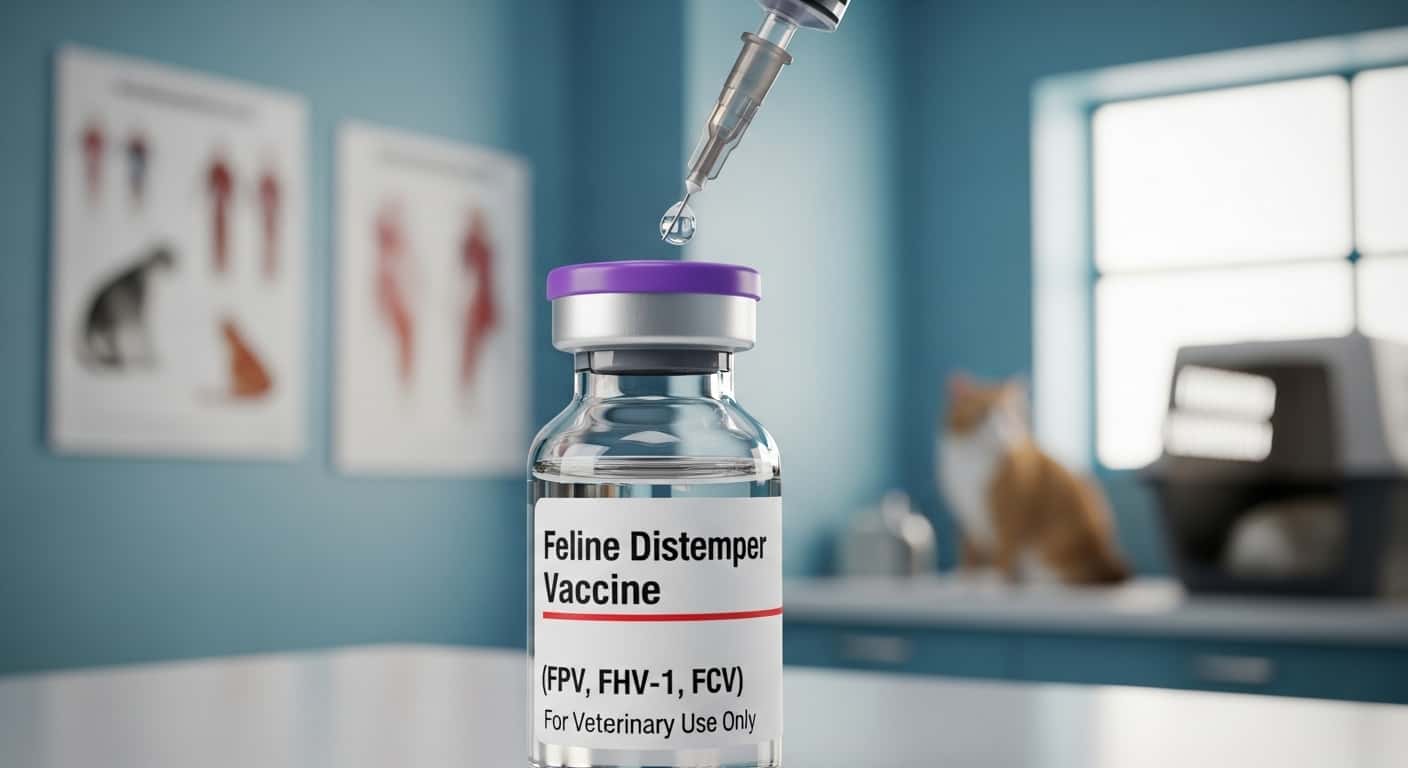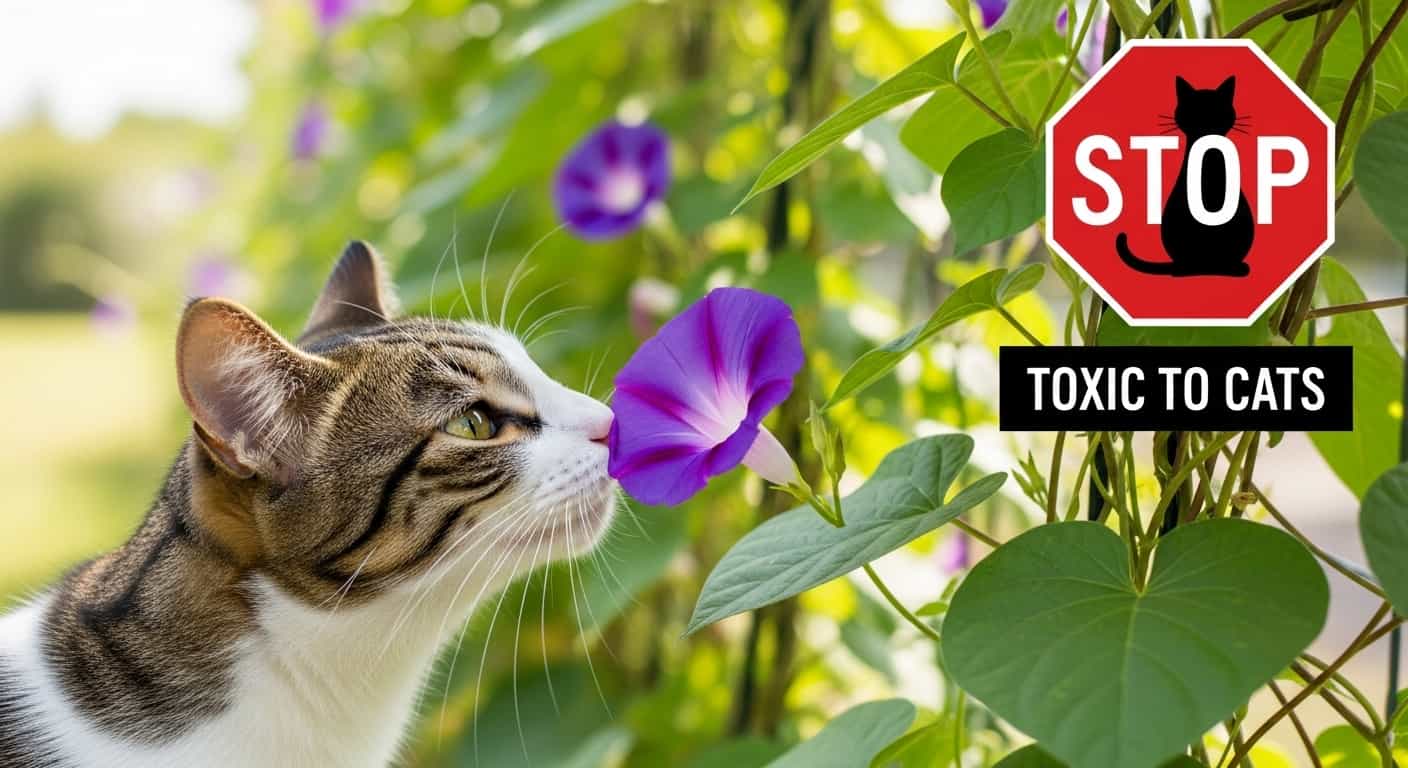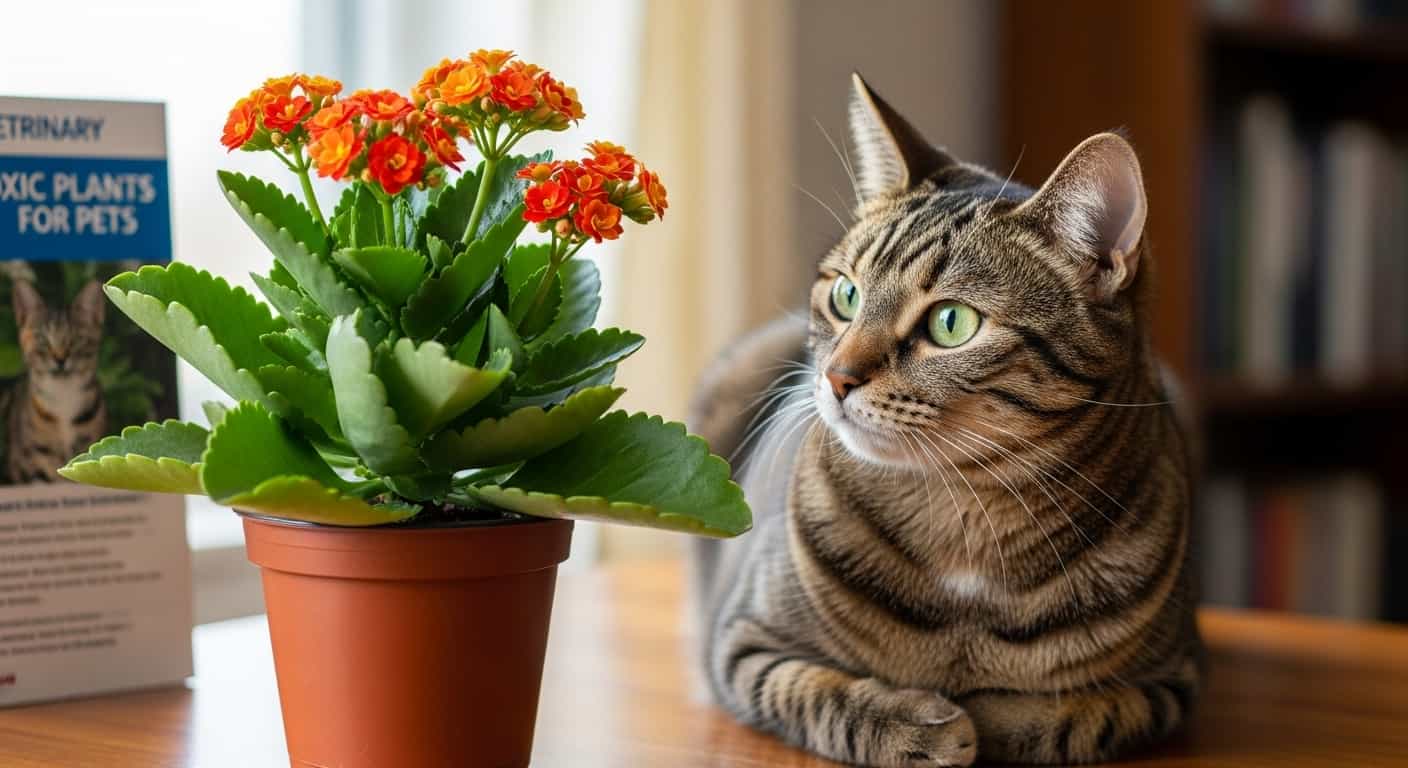Have you ever admired the vibrant beauty of larkspur flowers in your garden or a bouquet? As a cat owner, you might wonder if these stunning blooms pose any risk to your furry friend.
Table of Contents
ToggleIt’s natural to be concerned about your cat’s safety, especially when it comes to the plants in and around your home. Your curiosity and love for your pet have brought you here, and you’re about to discover crucial information that could protect your feline companion.
By the end of this article, you’ll know whether larkspur is a friend or foe to your beloved cat, ensuring peace of mind and a safe environment for both of you. So, keep reading to uncover the truth about larkspur and its effects on cats.
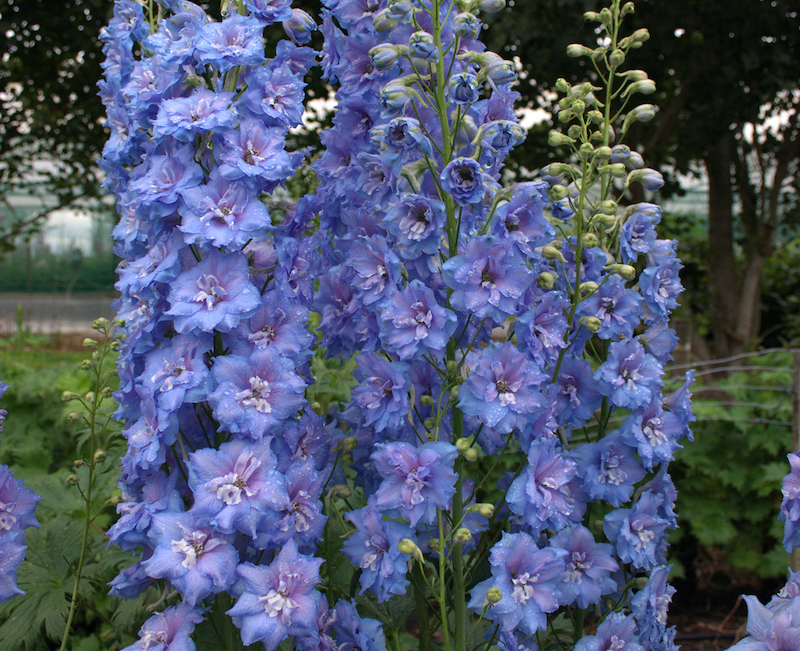
Credit: plantaddicts.com
Larkspur Plant Overview
The Larkspur plant is known for its stunning beauty. Yet, it holds hidden dangers for our feline friends. Understanding its characteristics and varieties can help cat owners. Knowing these details ensures the safety of their beloved pets.
Characteristics And Appearance
Larkspur plants display tall, elegant spikes of colorful flowers. Their height can range from 1 to 7 feet. These plants often grace gardens with their vibrant hues. Colors include blue, purple, pink, and white. The blooms are densely packed along the stem. Each flower has a unique spur at the back. Leaves are deeply lobed and resemble a hand’s shape. The plant thrives in well-drained soil. It flourishes in full sun or partial shade.
Common Varieties
Several common varieties of Larkspur exist. ‘Delphinium elatum’ is a popular garden choice. It showcases tall spikes and varied colors. ‘Consolida ajacis’ is often found in wildflower mixes. This variety is shorter and more delicate. ‘Delphinium grandiflorum’ is also well-known. It features compact growth and stunning blue flowers. Each variety has its own charm. Yet, all pose a risk to cats.
Here's a related post that you might find useful. Cat Swollen Eye Treatment at Home: Easy Remedies for Quick Relief
Toxic Components Of Larkspur
Larkspur is a beautiful flower, but its hidden dangers are alarming. Many don’t realize it is toxic to cats. Understanding its toxic components is crucial for pet safety. Let’s explore what makes larkspur harmful to your feline friends.
Alkaloids And Their Effects
Larkspur contains toxic alkaloids. These chemicals affect the nervous system. They can cause muscle weakness and tremors. Cats ingesting larkspur may suffer severe symptoms. These alkaloids disrupt normal bodily functions. Symptoms can appear quickly. Early detection is vital for treatment.
Toxicity Levels In Cats
Even small amounts can be dangerous. Larkspur’s toxicity varies by plant part. Flowers and seeds are highly toxic. Leaves also pose a risk. Cats are more sensitive than other animals. Immediate veterinary care is often needed. Monitoring your cat’s behavior is essential. Preventing access to larkspur reduces risk.
Symptoms Of Larkspur Poisoning
It’s alarming to discover that your beautiful garden might be a hidden danger to your feline friend. Larkspur, a flowering plant, is toxic to cats, and understanding the symptoms of larkspur poisoning is essential for your pet’s safety. Early identification of these symptoms can make all the difference in ensuring your cat receives prompt medical attention. But what signs should you watch out for?
Physical Signs In Cats
When a cat ingests larkspur, physical symptoms can be immediate and distressing. You may notice your cat vomiting or drooling excessively, which are common indicators of poisoning. Diarrhea can also occur, leading to dehydration if not addressed quickly.
Another physical sign is weakness or lethargy. If your usually energetic cat seems unusually tired or struggles to move, it’s a red flag. In severe cases, muscle tremors or seizures might manifest. These require urgent veterinary care.
Behavioral Changes
Larkspur poisoning doesn’t just affect your cat physically—it can also alter their behavior. A poisoned cat might become unusually aggressive or, conversely, overly timid. Such changes in demeanor are often the result of discomfort and distress.
You might also notice your cat hiding more frequently or avoiding interaction. While cats do occasionally seek solitude, persistent avoidance of social contact can signal something more serious. Observing these behavioral shifts can help you gauge your pet’s health.
Have you ever seen your cat exhibit any of these symptoms? Recognizing them early can save their life. Taking swift action by consulting with a vet is crucial. Your vigilance is your cat’s best defense against the dangers lurking in your garden.
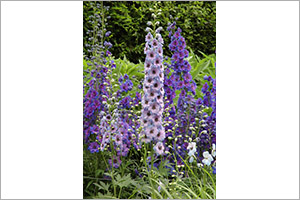
Credit: www.aspca.org
Here's a related post that you might find useful. Natural Cure for Cat Bladder Infection: Effective Remedies That Work
Immediate Actions For Cat Safety
Larkspur poses a significant threat to cats. Its toxins can cause serious health issues if ingested. Keep these plants out of reach to ensure your cat’s safety.
Larkspur, a beautiful flowering plant, can pose a danger to your feline friends. If your cat has ingested or come into contact with larkspur, acting quickly is crucial. Immediate actions can make all the difference in ensuring your cat’s safety and well-being. This section will guide you through critical steps to take right away.First Aid Steps
When your cat is exposed to larkspur, the first thing you should do is remove any visible plant material from their mouth or fur. Use a damp cloth to clean the affected area gently. If your cat has eaten larkspur, it’s essential to keep them calm and monitor for symptoms like vomiting, diarrhea, or lethargy. These signs indicate potential poisoning. Offer your cat a small amount of water to help flush out toxins. But avoid giving them food until you’ve consulted a veterinarian. Time is of the essence, so don’t delay.When To Contact A Veterinarian
You should call your vet immediately if your cat shows severe symptoms such as difficulty breathing, seizures, or unsteady walking. These can signal serious poisoning. Even if symptoms appear mild, it’s wise to consult a veterinarian for expert advice. They may recommend bringing your cat in for an examination or suggest specific home care actions. Have you considered how quickly you can reach your vet in an emergency? Knowing this in advance can save precious time when every second counts. Stay prepared and keep emergency contacts handy for peace of mind.Preventing Exposure
Cats should avoid larkspur as it is toxic to them. Eating it can cause vomiting and heart issues. Keep these plants out of reach to protect your feline friends.
Cats are curious creatures, always exploring their surroundings. However, this curiosity can lead to dangers, especially if your garden or home contains harmful plants like Larkspur. Preventing your cat’s exposure to this toxic plant is crucial for their safety. Taking proactive steps can help you create a safe environment for your feline friend.Safe Gardening Practices
Ensuring your garden is free from Larkspur and other toxic plants is a critical step in safeguarding your cat. Start by identifying all the plants in your garden. If you find Larkspur, remove it immediately to eliminate any risk. Consider planting in raised beds or using fencing to keep your cat out of certain areas. You might also try using natural deterrents, like citrus peels, which cats typically avoid. Have you ever noticed how cats steer clear of citrus smells? It’s a handy trick to use in your garden.Alternative Plants For Cat-friendly Homes
Creating a cat-friendly garden doesn’t mean sacrificing beauty. Many plants are both safe for cats and pleasing to the eye. Catnip is a favorite among felines and adds a lush green touch to your garden. Are you worried about how your garden will look without Larkspur? Consider lavender or sunflowers as vibrant alternatives that offer visual appeal without the risk. Herbs like basil and thyme are also safe and can be used in your cooking. Imagine a garden that not only keeps your cat safe but also supplies your kitchen with fresh flavors. It’s a win-win for you and your feline companion. By taking these steps, you can enjoy a beautiful garden without compromising your cat’s safety. What changes will you make to ensure your garden is a haven for your furry friend?Long-term Health Implications
Larkspur can be beautiful in gardens. Yet, it poses risks to cats. Understanding the long-term health implications is vital for pet owners. Cats exposed to larkspur may face serious health challenges. Awareness helps prevent these issues and ensures their safety.
Potential Complications
Larkspur toxins can cause severe problems in cats. Digestive issues often occur, leading to vomiting and diarrhea. Neurological symptoms might develop, including tremors and seizures. These complications can worsen without timely intervention. Long-term exposure may lead to chronic health conditions. Liver and kidney damage are possible outcomes. Persistent health issues might affect a cat’s quality of life.
Recovery And Care
Recovery depends on the exposure level. Immediate veterinary care improves chances of recovery. Treatment often involves detoxification and supportive care. Hydration and nutritional support help in the healing process. Monitoring by a vet is crucial during recovery. Long-term care might be necessary for severe cases. Regular check-ups ensure ongoing health and well-being.
Expert Insights On Toxicity
Understanding the risks of Larkspur for cats is crucial. This beautiful plant may pose dangers to our feline friends. Pet owners should be aware of these risks. Experts provide valuable insights into the plant’s toxicity. Their recommendations help ensure our cats’ safety.
Veterinary Recommendations
Veterinarians emphasize the importance of vigilance. Keep Larkspur out of reach of curious cats. They suggest removing the plant from homes with pets. If a cat ingests Larkspur, immediate action is vital. Contact a vet without delay if symptoms appear. Vomiting, tremors, and weakness are common signs. Early intervention can prevent severe health issues.
Research Studies
Scientific studies have explored Larkspur’s effects on animals. Research confirms that Larkspur contains toxic compounds. These compounds can be harmful to cats. Studies highlight the plant’s impact on the nervous system. Researchers recommend further investigation into its toxicity. Understanding these studies can inform pet safety practices.
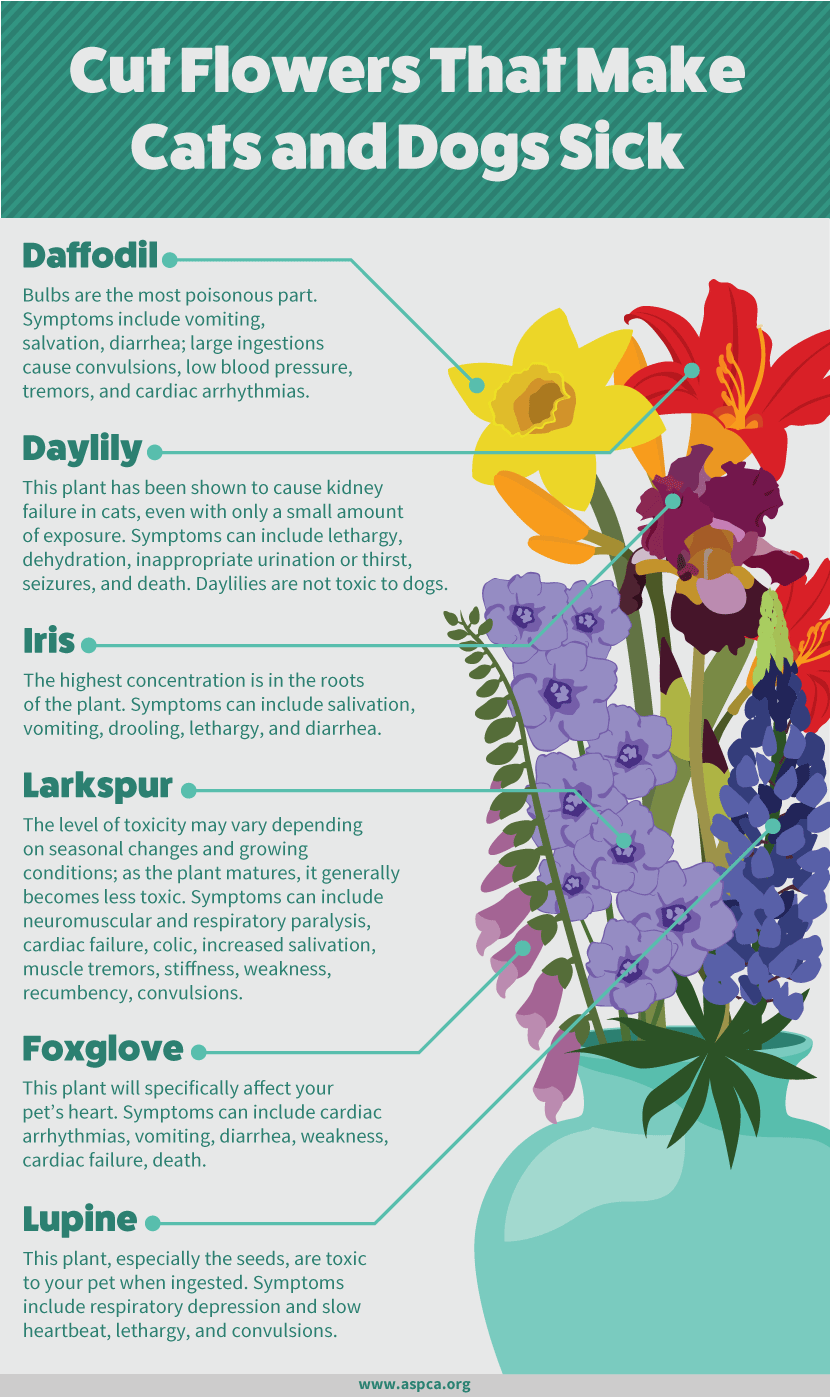
Credit: www.ncobraz.ru
Frequently Asked Questions
Is Larkspur Harmful To Cats?
Yes, larkspur is toxic to cats. It contains alkaloids that can cause serious health issues. Symptoms of ingestion include vomiting, diarrhea, and muscle tremors. Immediate veterinary attention is crucial if your cat ingests larkspur. Keep this plant out of reach to ensure your cat’s safety.
What Happens If A Cat Eats Larkspur?
If a cat eats larkspur, it may exhibit symptoms like vomiting and diarrhea. More severe symptoms include muscle tremors and seizures. These symptoms occur due to the toxic alkaloids in the plant. Immediate veterinary care is required to prevent serious health complications.
How Do I Treat Larkspur Poisoning In Cats?
If you suspect larkspur poisoning, contact your vet immediately. Do not try home remedies. The vet may induce vomiting or use activated charcoal. Quick action is essential to prevent severe health complications. Always seek professional veterinary advice for your cat’s safety.
Can Larkspur Exposure Affect Cats?
Yes, even minimal exposure to larkspur can affect cats. Cats may experience skin irritation or allergic reactions. Ingestion is more dangerous, leading to severe symptoms. Always keep larkspur out of your cat’s reach. Monitor your cat closely if you suspect exposure to larkspur.
Conclusion
Larkspur poses a real threat to cats. Its toxins can cause serious harm. Keep this plant away from your furry friends. Safe environments are crucial for their health. Always check your home plants for safety. Consult your vet if you’re unsure.
They can guide you on pet-friendly options. Being informed protects your pets. Choose plants wisely for a safe home. Cats depend on us for their well-being. Your vigilance can prevent unnecessary risks. Prioritize their safety with every choice you make.
Small steps lead to a happier pet life. Stay cautious and keep your cats safe.

